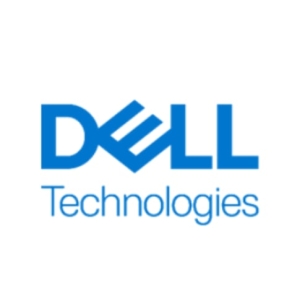Dell vSAN Ready Nodes offer valuable features like small data center footprint, user tools, built-in storage management, high availability, scalability, and stability. They provide ease of implementation, file sharing, flexibility, and simplified management. Integration with VMware enhances security, while NVMe disk use ensures efficient expansion. Single-team management, consolidated storage, and automated data management are beneficial, alongside good technical support and straightforward hardware upgrades. However, support and renewal costs may be a challenge.
- "The benefit of using vSAN is that it's easy to manage on vCenter, you can see if there are issues, get recommendations, and overall, it's highly fault-free which is beneficial because we want to minimize downtime."
- "Dell's technical support is generally very good."
- "The cost is higher compared to non-Dell vSAN Ready Nodes, but when compared with external storage solutions, there are significant benefits."
Dell vSAN Ready Nodes require improved automation during upgrades and enhanced scalability. Compatibility with different hardware nodes and integration with public cloud are needed. Pricing and maintenance costs are high, and interoperability with existing licenses is an issue. Users find the initial setup and support challenging. They desire more flexible and rapid firmware updates, and better storage expansion features. Issues with scalability and alerting for daily tasks are highlighted. Performance improvements and greater system flexibility are also needed.
- "I would want VMware to ensure that when there's a hardware failure on a host, it should gracefully migrate the VMs to another host available in the cluster without restarting, which would be a great improvement."
- "When customers want to expand capacity but all the drive slots are full, they are forced to buy new servers or nodes which adds more costs with licenses and hardware, rendering it less scalable than other storage setups."
- "Sometimes we experience performance issues and disk failure issues frequently. Sometimes it impacts another disk group situation."




